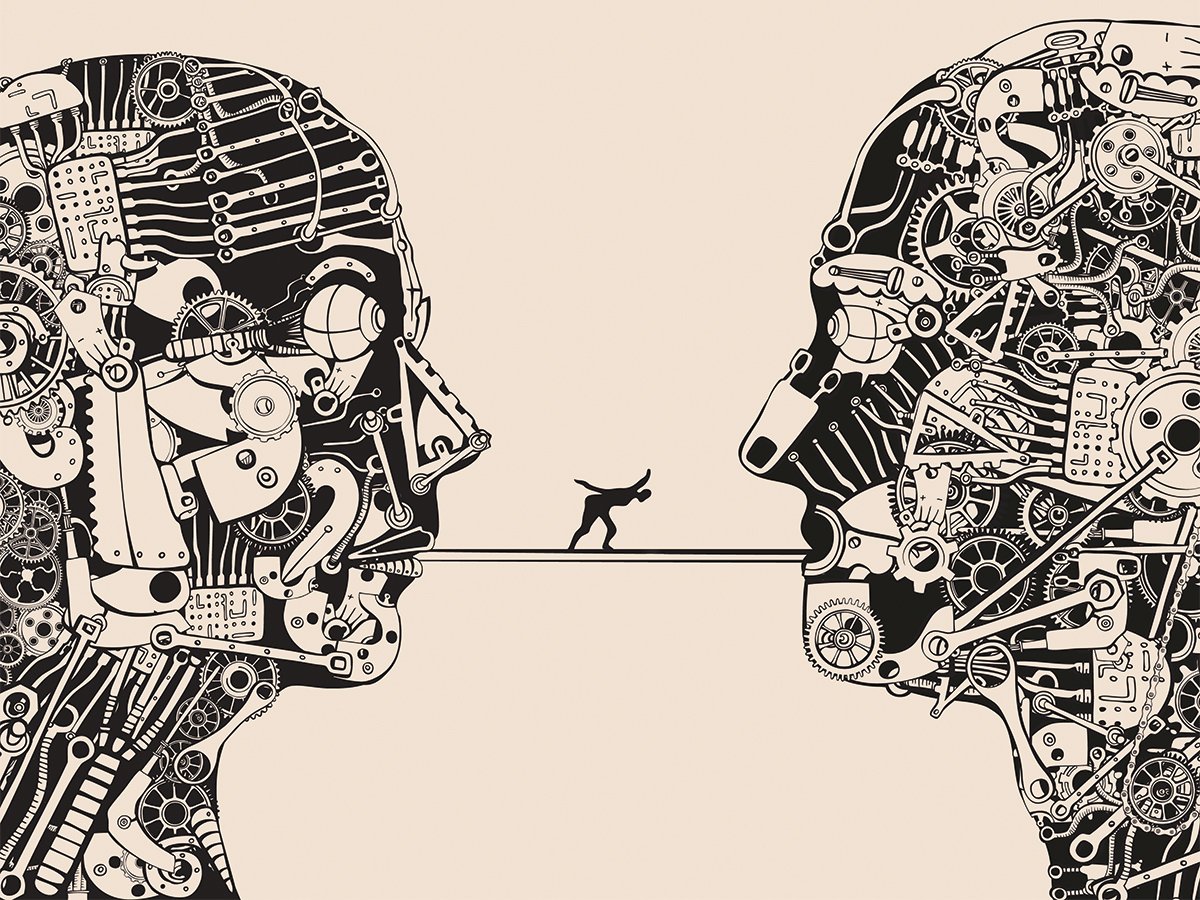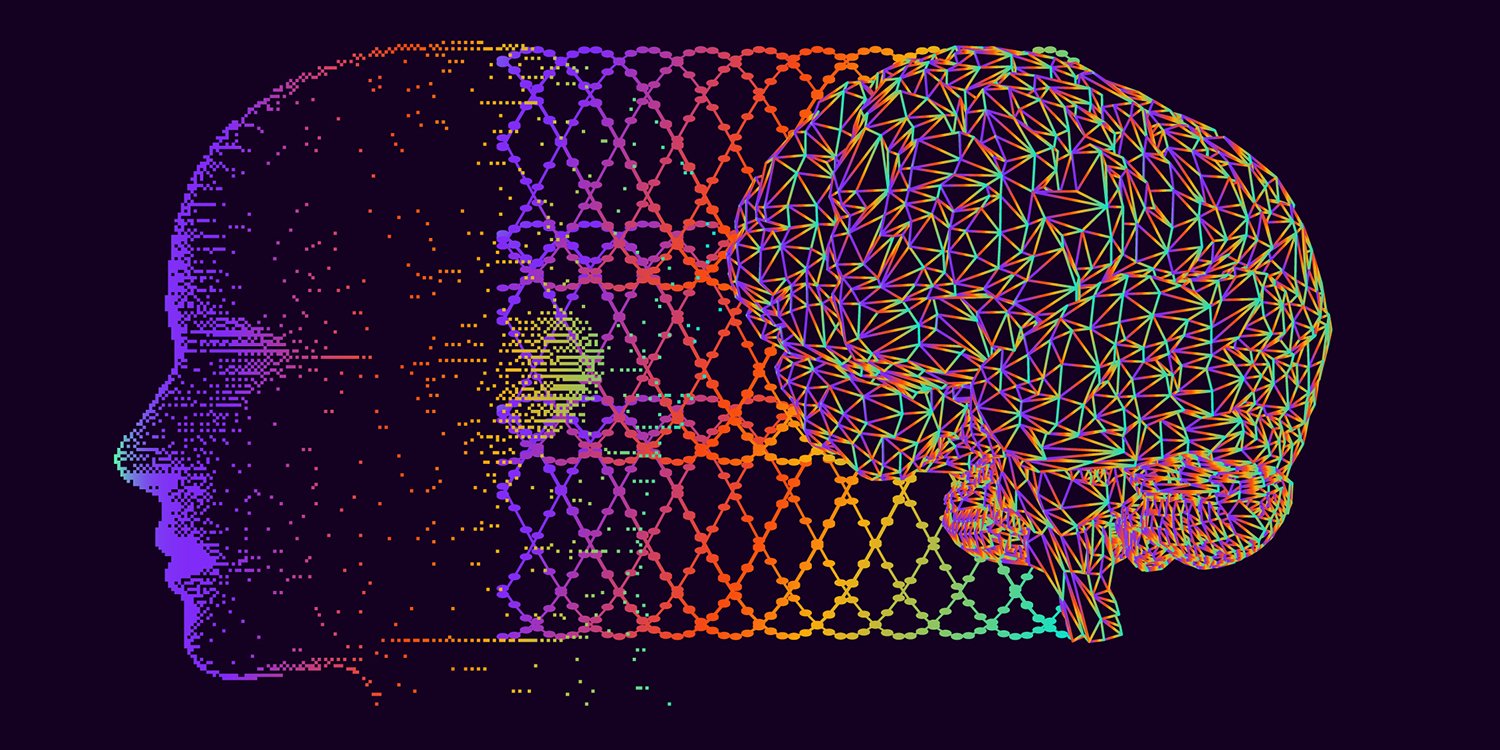Communication
Joshua Sariñana is a science communications specialist. His neuroscience research in memory systems information processing shapes his communications practice, professional media technologies background, and socially engaged art projects.
He has written for MIT Technology Review, been a guest expert on WIRED Magazine’s Future Show, CBC Radio, and created a cross-disciplinary dialogue between artists and scientists via the Cambridge Arts Council Grant.
As a science communicator, his goal is to show how scientific knowledge connects people’s lives, increase public participation in scientific processes, and create a space for scientific action for social change.
Interviews
What Happens to Your Data After You Die? | WIRED
What happens to our digital data after we die? Futurist Sinead Bovell explores the emerging space known as the digital afterlife from three different angles; what happens to our data, how can it take on a life of its own, and what does it mean to be digitally immortal. WIRED Magazine
What Does Neuroscience-Inspired Art Look Like?
Although he originally wanted to be a physicist, a love for psychology and philosophy landed Joshua Sariñana, PhD in neuroscience. “I wanted to study consciousness at multiple levels—the behavioral, physiological, and the genetic—how the brain communicates information from single neurons to larger networks of the brain. MIT Technology Review >>
The Poetry of Science on GBH
Makinde Ogunnaike and Josh Sariñana, PhD, talk about how they turn physics and neuroscience into art and poetry. GBH News >>
Science Writing
How Technology Can Let Us See and Manipulate Memories
There are 86 billion neurons in the human brain, each with thousands of connections, giving rise to hundreds of trillions of synapses. Synapses—the connection points between neurons—store memories. The overwhelming number of neurons and synapses in our brains makes finding the precise location of a specific memory a formidable scientific challenge. MIT Technology Review >>
Decoding Hidden Dreams
The brain connects sensory information from the environment to our subjective experiences, resulting in our perceptions, emotions, and memories. However, our brains need to disconnect — i.e., sleep — from the noisy sensory world that we’re steeped in. Sleep helps us maintain brain health, makes our memories stronger, and aids in problem solving. MIT News >>
How Neuroscience Will Shape the Metaverse
The Metaverse is creating a new context for users to enmesh with. Reinforcement learning models have successfully bridged the brain and behavior for 2D media. However, mimicking brain functions that create contextual space will be pivotal in guiding future AI to match the symbiotic complexity between humans and machines in a 3D space. Read More >>
SciArt Writing
Nostalgia and the Collapse of Imagination
Mobile photography also finds its social roots in the 1970s via the Polaroid camera and postmodern art. A considerable driving force of today’s ‘70s throwback is the hyper-growth of social media brought about by the smartphone—specifically the ubiquitous use of retro filter-based apps that harken back to the photographic styles of the decade. Read More >>
The Art of Unearthing History
An alumnus of the Art, Culture, and Technology (ACT) program, Sanzgiri uses a unique approach combining such things as analysis of historical texts and 3D scanning to explore geopolitics and economic inequality. He also manipulates physical materials such as 16-millimeter film to create art that reveals truths about the past. Read More >>
Memories, Photographs, and the Human Brain
There has been a good deal written about the similarities of the camera to the eye as well as the computer to human memory. What I would like to do is clarify the uniqueness of the human brain from camera technology and at the same time show the similarities between brain function, photography and cognition. Read More >>
Video Production
I liaise with subject matter experts, videographers, and animators to produce videos of neuroscience research and clinical endeavors.
Website Development
I have built several websites for institutions that include the Massachusetts General Hospital, art programs, academic researchers, and have collaborated with development and design teams at the Massachusetts Institute of Technology.












